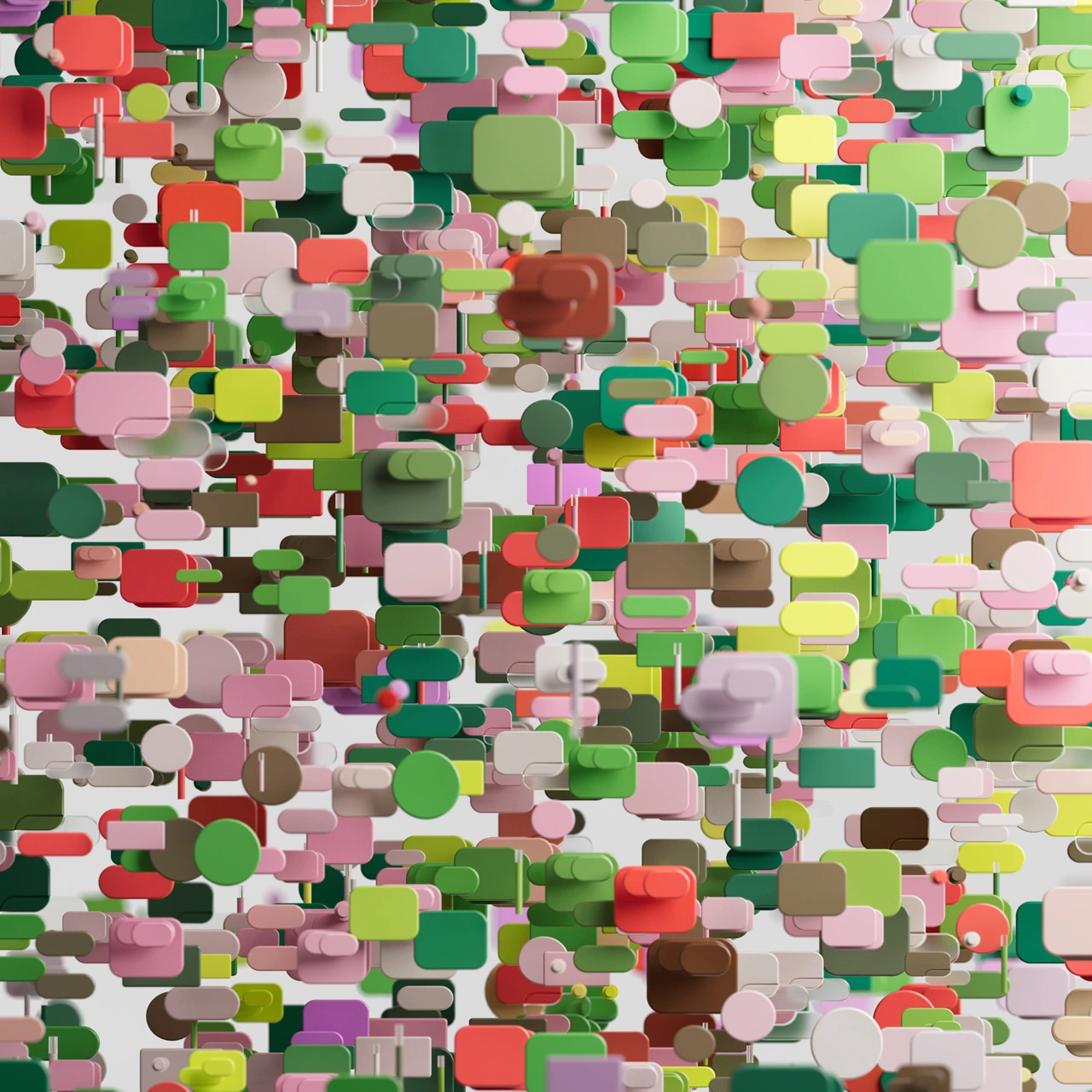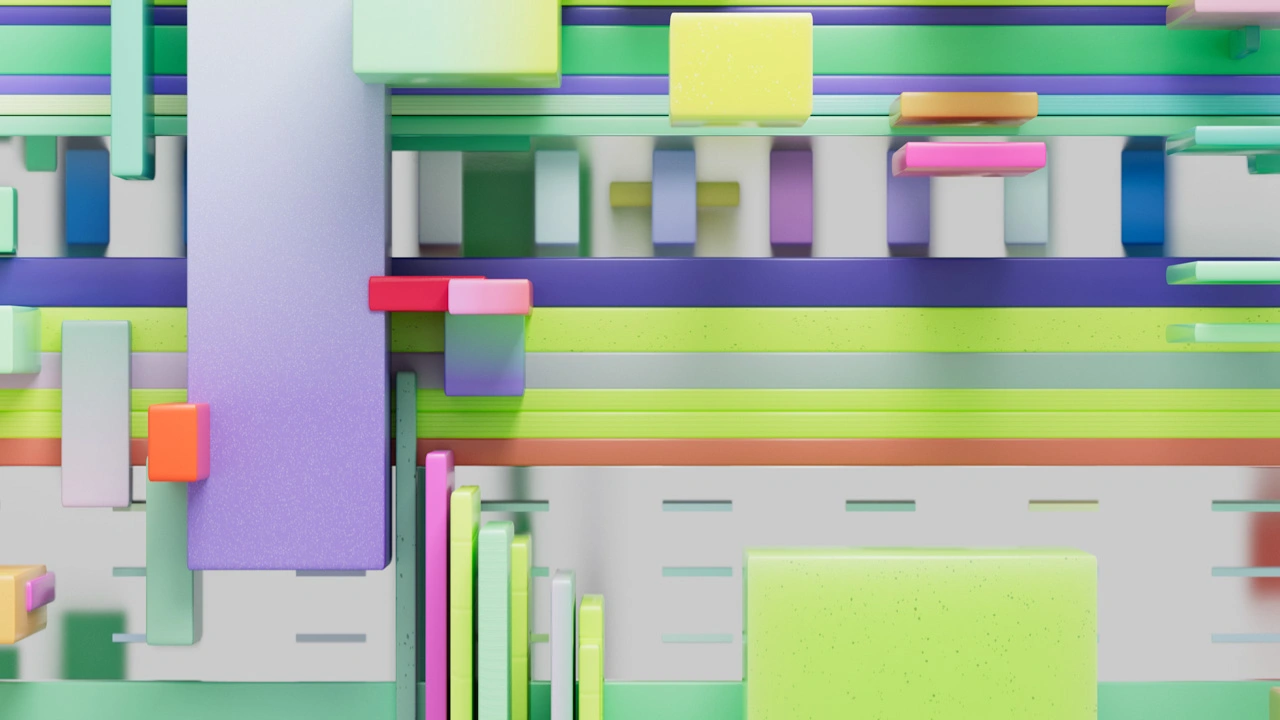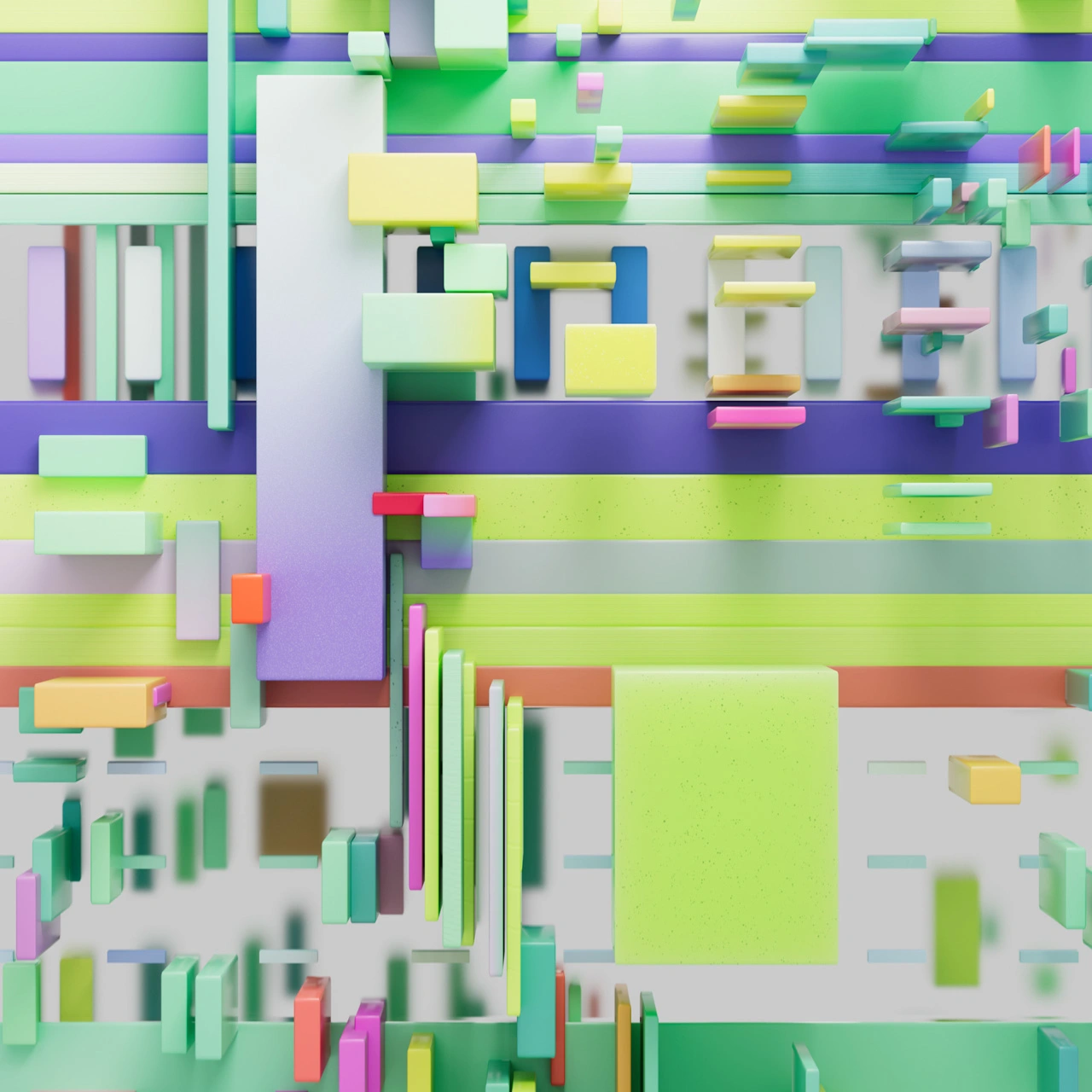Building Facade Cladding Material: Exploring Smart and Sustainable Solutions

The Importance of Building Facades
In modern architecture, building facades serve more than just aesthetic purposes. They are a crucial element in energy efficiency, environmental sustainability, and occupant comfort. Facade cladding materials have evolved to meet these demands, offering smart and sustainable solutions that blend form and function. Whether it’s reducing energy costs, improving insulation, or enhancing fire safety, innovative facade systems are setting new benchmarks in construction design¹.

The Evolving Role of Facade Cladding in Modern Architecture
Smart and sustainable facade cladding materials are tailored to address the unique challenges of urban development, including noise pollution, thermal regulation, and air quality. With advancements in material science and technology, cladding systems are now designed to adapt dynamically to their surroundings, making them an integral part of green building practices².

Types of Smart and Sustainable Facade Cladding Materials
Recycled and Renewable Materials
Materials like reclaimed wood, recycled aluminum, and composites made from industrial waste are leading the way in sustainable facade solutions. These materials reduce the carbon footprint of construction projects while maintaining high performance.
Glass Reinforced Concrete (GRC)
GRC offers a lightweight yet durable option for facade cladding. It is versatile in design and has excellent fire resistance and thermal insulation properties.
Fiber Cement Panels
Known for their durability and resistance to moisture, fiber cement panels are a popular choice for eco-friendly facade systems. They are made from sustainable raw materials and are non-combustible³.
Solar-Integrated Facades
Photovoltaic panels integrated into facades turn buildings into energy generators, reducing reliance on external power sources. These systems not only improve sustainability but also lower energy costs for building owners.
Dynamic Facades
Smart cladding systems, such as those with electrochromic glass or automated louvers, adjust to environmental conditions like sunlight and wind, optimizing energy efficiency in real time.

Benefits of Smart and Sustainable Facade Cladding Materials
Energy Efficiency
Modern cladding materials improve thermal insulation, reducing heating and cooling demands. Dynamic facades further enhance efficiency by adapting to external conditions.
Aesthetic Versatility
Sustainable facade materials come in a variety of finishes, textures, and colors, allowing architects to create visually striking designs that align with their vision.
Fire Safety
Fire-resistant cladding materials, such as mineral wool panels and GRC, ensure that facades comply with strict safety standards, protecting occupants and property.
Noise Control
In urban areas, facades with acoustic insulation layers effectively reduce noise pollution, creating quieter indoor environments.
Sustainability
Using recycled, renewable, and low-impact materials in cladding systems supports green building certifications like LEED, WELL, and BREEAM⁴.
Innovations in Facade Cladding Materials
Phase-Change Materials (PCMs)
PCMs incorporated into cladding systems store and release heat, providing natural temperature regulation and reducing reliance on HVAC systems.
Biophilic Facades
Living walls and green facades integrate vegetation into the building exterior, improving air quality and promoting wellness.
IoT-Enabled Cladding Systems
Smart facades with IoT integration monitor environmental factors like temperature and humidity, making real-time adjustments to optimize building performance.
3D-Printed Cladding
3D printing allows for custom facade designs with minimal waste, pushing the boundaries of creativity and sustainability⁵.

Smart and sustainable building facade cladding materials are transforming modern architecture by offering innovative solutions for energy efficiency, environmental impact, and aesthetic appeal. From dynamic systems that adapt to environmental conditions to recycled and renewable materials that support circular economy principles, these cladding solutions are essential for creating future-ready structures. As the construction industry continues to prioritize green building practices, facade cladding will remain a vital element in shaping sustainable, efficient, and visually stunning urban landscapes.
References
-
U.S. Green Building Council. (2023). Sustainable Facade Systems for Energy Efficiency. Retrieved from https://www.usgbc.org
-
Green Building Council Singapore. (2023). Smart Building Facades in Urban Architecture. Retrieved from https://www.sgbc.sg
-
Knauf Insulation. (2023). Fiber Cement Panels and Sustainable Cladding. Retrieved from https://www.knaufinsulation.com
-
Timberix. (2023). Eco-Friendly and Fireproof Cladding Materials. Retrieved from https://www.timberix.com
-
Aural-Aid. (2023). Testing and Innovations in Facade Cladding Systems. Retrieved from https://auralaid.com/acoustical-testing/
Tags
- Adaptive Facade Solutions, Building Facade Cladding Material, Eco-Friendly Facades, Energy-Efficient Facades, Facade Insulation Panels, Fire-Resistant Cladding, Green Building Materials, Innovative Facade Systems, Modern Facade Design, Noise Control Facades, Smart Building Facades, Smart Cladding Systems, Sustainable Building Materials, Sustainable Cladding, Sustainable Facades
Share